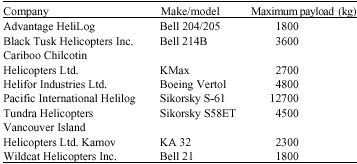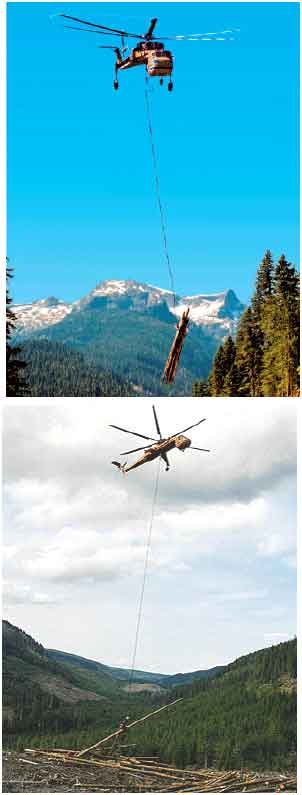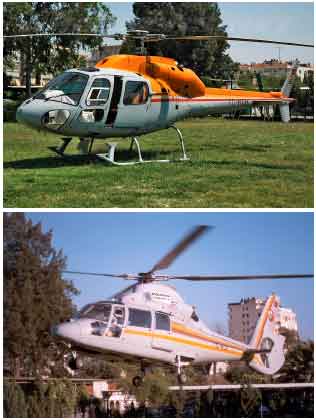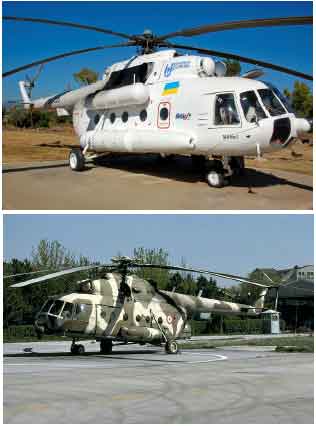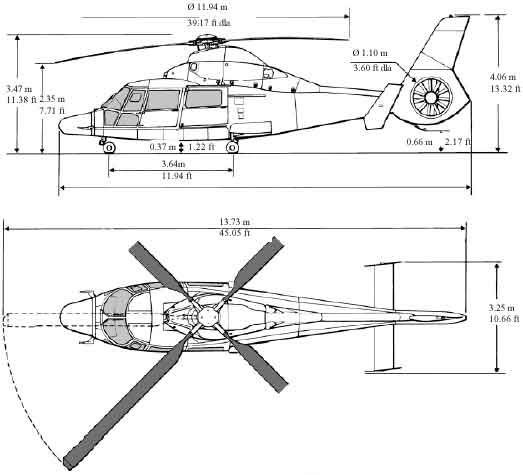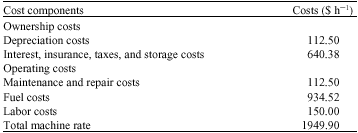Research Article
An Analysis of Utilizing Helicopter Logging in Turkish Forestry
Department of Forest Engineering, Faculty of Forestry, KSU, 46060 Kahramanmaras, Turkey
H.H. Acar
Department of Forest Engineering, Faculty of Forestry, KTU, 61080 Trabzon, Turkey
J. Sessions
Department of Forest Engineering, College of Forestry, OSU, Corvallis, Oregon 97331, USA









